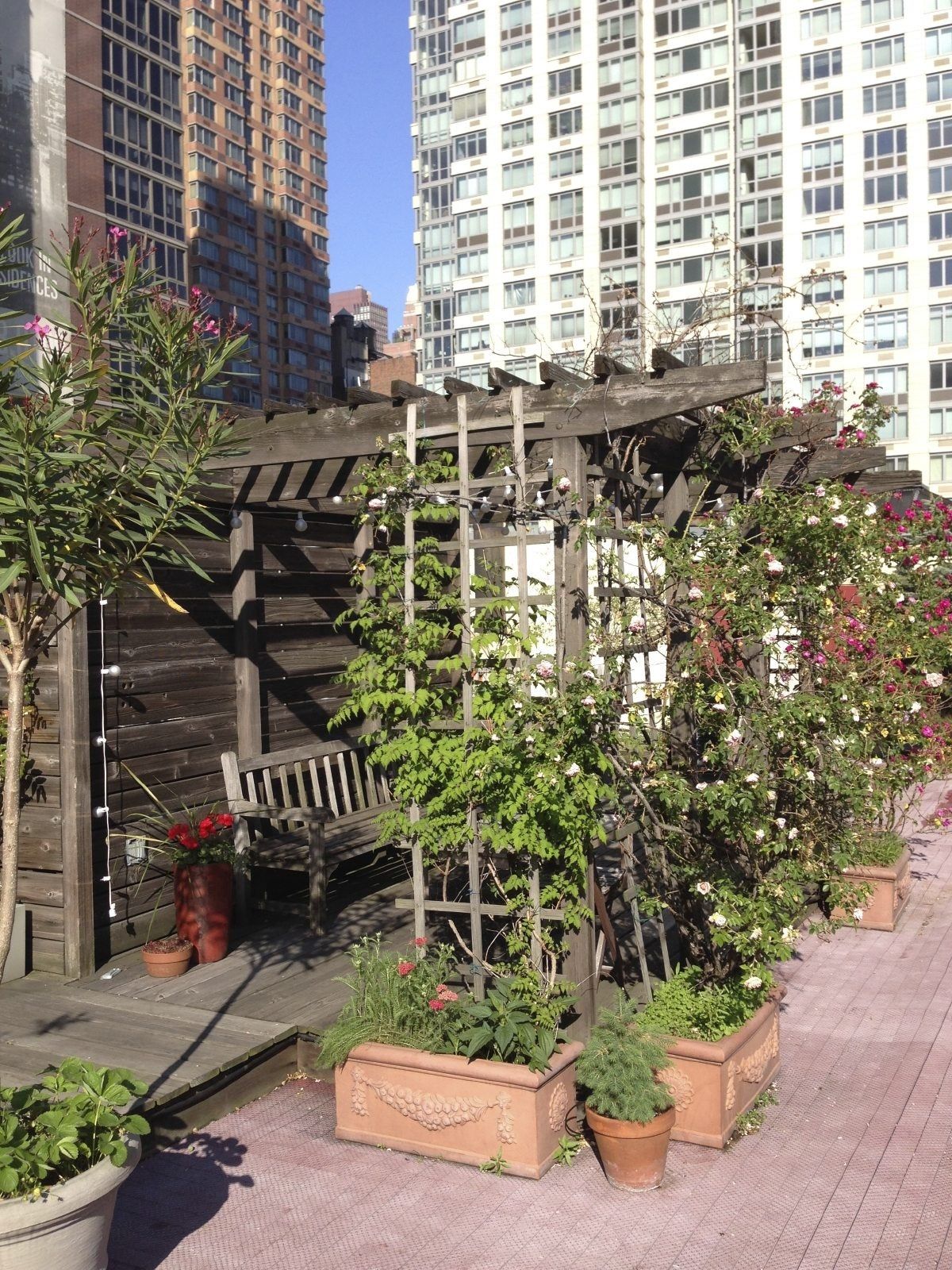Not known Factual Statements About City Blooming
Not known Factual Statements About City Blooming
Blog Article
Rumored Buzz on City Blooming
Table of ContentsCity Blooming Things To Know Before You Get ThisNot known Details About City Blooming The Best Guide To City BloomingCity Blooming for BeginnersCity Blooming Can Be Fun For Anyone
Fascinated in growing food offer for sale in the City of Chicago? Considering beginning a community garden? Changes to the Chicago Zoning Regulation enable agricultural uses like neighborhood gardens and city ranches in lots of parts of the city. Below is a list of frequently asked concerns relating to the policies and laws that cultivators should consider when preparing a city agriculture task.
The zoning modification does not modify any various other codes handling composting, building permits, buying or renting City owned building, company licenses or ecological contamination. There are existing codes that control these concerns and they remain in complete effect and may apply to your job. Area yards are usually possessed or taken care of by public entities, public organizations or community-based companies and kept by volunteers.
Urban farms grow food that is intended to be marketed, either on a not-for-profit or for-profit basis. Due to their commercial objective, city ranches call for an organization certificate.
How City Blooming can Save You Time, Stress, and Money.
Composting is allowed yet just for plant material that is generated and made use of on website. The amount of garden compost material can not exceed 25 cubic lawns at any type of given time according to the criteria in 7-28-715 of the City's Municipal Code. Yes. Since the soil at the majority of brand-new garden sites requires modifying, compost, soil, wood chips, or various other materials can be gotten to build or improve the growing area - City gardening.

If a structure license is needed then the hoophouse will certainly be thought about an accessory building. You can learn more concerning the structure permit needs by getting in touch with the Department of Buildings. The 25,000-square-foot size restriction is meant to stop a solitary community yard from dominating a provided block or interfering with the block's existing domestic or industrial character.
The limit does not use to gardens located in Public Open Space (POS) areas. Can there be more than one community garden that is try here 25,000 square feet on a solitary block? Yes. The dimension restriction uses to individual gardens, not to individual blocks. No. Fence is not required, nevertheless, gardens that have big car park areas may be called for to set up secure fencing or various other landscape design features.
What Does City Blooming Do?
B1 & B2 districts call for that all industrial usage activities be performed inside. Is secure fencing required for urban farms? Fencings may be required, along with landscape design and screening, for particular car park areas and outdoor job or storage locations depending on place and the details activity taking location.
Urban ranches need building authorizations and zoning approvals prior to construction (home and garden). Other kinds of city review might be needed depending on specific structures, activities, dimension, landscaping, licensing, public health and stormwater management problems.
The Division of Service Matters and Customer Security can aid figure out the certain kind of organization license that's called for. Off street parking is needed for the majority of industrial projects in Chicago. The needed number of auto parking spaces is based on the number of employees functioning on website and not the square footage of the expanding room.
Little Known Facts About City Blooming.

Yes. An urban ranch can offer compost material generated on site, nonetheless, the procedure must follow the regulations in 7-28-715 of the Chicago Municipal Code. Yes. Aquaponic systems are permitted indoors on city ranches in numerous zoning districts. Nonetheless, a zoning testimonial and building permit is required in order to install structures or systems and a business license is called for as described above.
Approximately five hives or colonies of honey bees may be kept as an accessory use. Beekeepers need to sign up with the Illinois Department of Farming. To learn more about the recommended zoning modification you may get in touch with the Division of Real Estate and Economic Growth, Bureau of Preparation and Zoning at 312.744.8563.
Farming in cities and city areas A city farm in Chicago. Urban farming describes different practices of cultivating. https://profile.hatena.ne.jp/cityblooming/, processing, and distributing food in city locations. The term likewise relates to the area activities of animal husbandry, tank farming, beekeeping, and cultivation in a metropolitan context. Urban farming is identified from peri-urban farming, which occurs in country areas beside suburban areas.
How City Blooming can Save You Time, Stress, and Money.
It can involve a movement of organic growers, "foodies" and "locavores", that seek to develop social networks based on a common principles of nature and neighborhood holism. These networks can create using formal institutional support, becoming incorporated right into regional community planning as a "shift town" motion for sustainable metropolitan growth.
The much more straight access to fresh vegetable, fruit, and meat products that may be realised with urban agriculture can boost food protection and food safety while lowering food miles, resulting in reduced greenhouse gas discharges, therefore contributing to environment change reduction. Some of the very first evidence of city agriculture comes from Mesopotamia.
Report this page